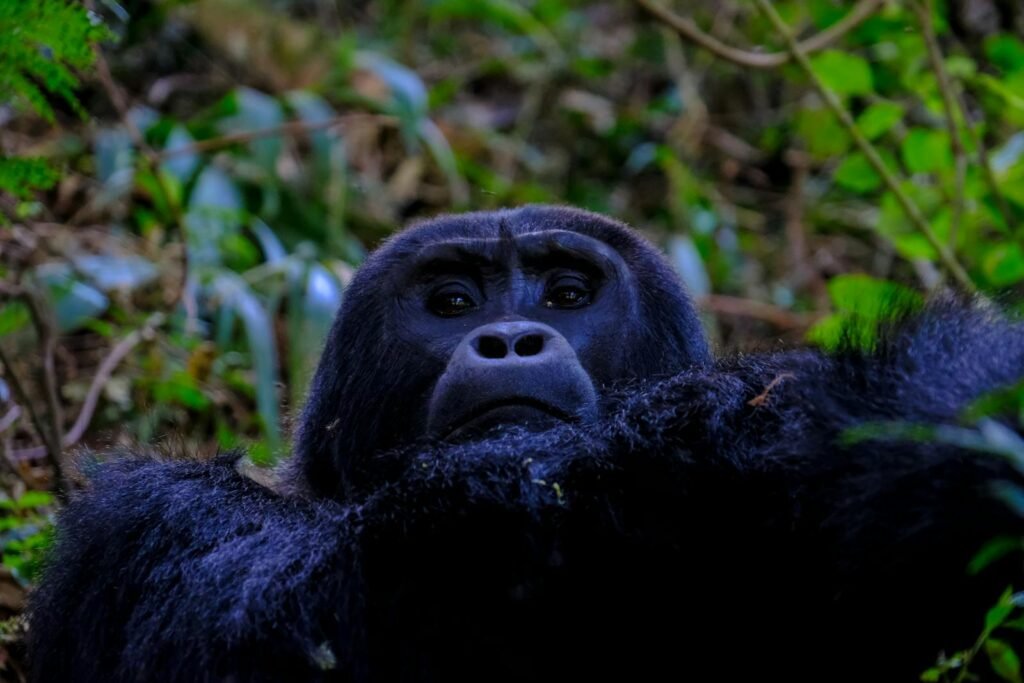A child’s wide-eyed wonder at the sight of a majestic tiger, the gasp of awe as a silverback gorilla ambles by—zoos have inspired millions. Yet beneath the surface of these magical moments, a deeper question pulses: Can we truly balance the needs of animals with the thrill of human discovery? The future of zoos hangs in the balance, challenged by growing ethical debates and the relentless march of technology. As society’s empathy for animals deepens and science unveils new possibilities, the world is forced to confront hard truths and brave new ideas. What should zoos become in the world of tomorrow? The answer may surprise, inspire, and even unsettle us.
The Changing Role of Zoos in Modern Society
Once, zoos were little more than menageries, places to parade exotic creatures for curious crowds. Today, their role is shifting dramatically. Modern zoos are expected to be centers of conservation, research, and education, not mere entertainment. This transformation reflects a broader cultural awakening about animal sentience and rights. As people increasingly question the morality of captivity, zoos must justify their existence not just as attractions, but as sanctuaries and stewards. The public now demands transparency, humane treatment, and a clear contribution to wildlife preservation. This mounting pressure pushes zoos to evolve, turning them into laboratories for ethical innovation.
Ethical Dilemmas: Freedom vs. Protection
Zoos walk a precarious tightrope between protecting endangered species and restricting their freedom. Is it ethical to confine an animal for its own safety, or for the sake of education? Critics argue that captivity, no matter how gentle, robs animals of natural behaviors and autonomy. On the other hand, supporters point to species saved from extinction by carefully managed breeding programs. The heart of the ethical debate is this: Does the end justify the means? With every enclosure built, zoos must weigh the price of preservation against the value of liberty. The answers are never simple, fueling passionate discussions among scientists, ethicists, and animal lovers alike.
Innovative Enclosures: Mimicking the Wild
Gone are the barren cages of the past, replaced by immersive habitats designed to stimulate mind and body. Some modern zoos have invested in vast, multi-acre spaces where animals can roam, forage, and interact much as they would in the wild. These “enrichment-based” environments use hidden food puzzles, climbing structures, and variable terrain to keep animals physically active and mentally engaged. For example, elephants might wander through mud wallows and dense brush, while orangutans swing high above ground on ropes and platforms. These innovations not only improve animal welfare, but also offer visitors a glimpse of authentic animal behavior, deepening empathy and understanding.
Technological Advances: Virtual Reality and Beyond
The rise of virtual reality (VR) and augmented reality (AR) is shaking up the traditional zoo experience. Imagine donning VR goggles and walking side by side with a herd of wildebeest or diving into the coral reefs with sea turtles—without a single animal in captivity. Some forward-thinking zoos are already piloting virtual safaris, allowing guests to connect with animals in their true habitats. This technology reduces the need for live displays and offers a powerful educational tool, immersing visitors in the beauty and complexity of wildlife without the ethical compromises of confinement. As VR and AR become more sophisticated, they may one day replace live-animal exhibits entirely.
Conservation at the Core: Saving Species Together
Modern zoos are on the frontlines of global conservation efforts. Through coordinated breeding programs, genetic research, and international partnerships, they help rescue species teetering on the edge of extinction. The California condor, once down to just 27 birds, is now soaring in the wild thanks to zoo-led interventions. Zoos also collaborate with field researchers to reintroduce animals into protected habitats and restore fragile ecosystems. These efforts require a delicate blend of science and compassion, harnessing cutting-edge genetics, veterinary care, and ecological insight. Every animal saved is a testament to what’s possible when innovation and ethics unite.
Education and Empathy: Inspiring the Next Generation
One of the most powerful arguments for zoos is their ability to inspire awe and empathy in people of all ages. Nothing compares to looking into the eyes of a living, breathing animal just a few feet away. Through interactive learning, behind-the-scenes tours, and hands-on conservation programs, zoos ignite a passion for wildlife that can last a lifetime. They show children and adults alike that every creature, no matter how small or strange, matters. As zoos increasingly focus on storytelling and education, they transform from places of passive observation to hubs of active learning and advocacy.
The Rise of Sanctuary Models

A new wave of animal sanctuaries is challenging the traditional zoo paradigm. Unlike classic zoos, sanctuaries prioritize lifelong care and natural living conditions over public display. Many rescue animals from illegal trade, neglect, or habitat destruction, offering them a chance to recover in peace. These sanctuaries often limit human interaction and avoid breeding for exhibition. By focusing on rehabilitation and welfare, they offer a glimpse of a more compassionate future—one where animals are respected as individuals rather than attractions. The growing popularity of sanctuaries is sparking debate: Should zoos evolve into sanctuaries, or do they still have a unique role to play?
Ethical Breeding and Genetic Diversity
Preserving genetic diversity is vital for the survival of endangered species, but breeding in captivity raises tough ethical questions. Should animals be bred if they will never return to the wild? How do we balance the need for healthy populations with the risk of inbreeding or overpopulation? Zoos now use sophisticated genetic mapping to carefully plan pairings and avoid harmful genetic bottlenecks. Some even swap animals between institutions around the globe to boost diversity. Every decision carries ethical weight, demanding transparency and careful consideration. In the end, ethical breeding is about more than numbers—it’s about the long-term health and dignity of each species.
Public Perception and Social Responsibility
Public opinion can make or break a zoo’s reputation. Today’s visitors are more informed and outspoken than ever, scrutinizing welfare practices, enclosure design, and conservation claims. Social media amplifies both praise and criticism, holding zoos accountable to a global audience. Many institutions now embrace open communication, inviting feedback, and sharing behind-the-scenes stories. This transparency builds trust and fosters a community of supporters who care deeply about animal welfare. As society’s values evolve, zoos must listen, adapt, and prove they are worthy stewards of the creatures in their care.
Animal Rights Movements and Legal Challenges

Animal rights advocates are pushing for sweeping changes in how zoos operate. Lawsuits and campaigns have challenged the legality of keeping intelligent, social animals such as elephants, dolphins, and great apes in captivity. In some countries, new regulations restrict the import, export, and breeding of specific species, forcing zoos to rethink their collections. These legal battles are more than courtroom drama—they are a wake-up call, demanding that institutions put animal welfare above convenience or profit. The future may see stricter laws and higher standards, reshaping zoos into models of ethical responsibility.
Looking Ahead: The Future of Zoos

The zoos of tomorrow will look very different from those of the past. Advances in science and technology, combined with a growing ethical consciousness, are driving dramatic change. Some experts envision a world where zoos are hubs for conservation research, education, and virtual experiences, rather than places of permanent captivity. Others dream of global networks of sanctuaries and rewilding projects that restore lost species to their natural homes. Whatever the path, one thing is clear: the choices we make today will shape the fate of countless animals—and the soul of our society—for generations to come.



